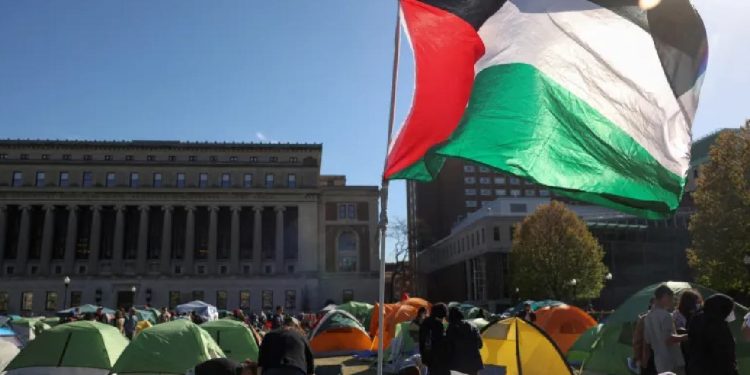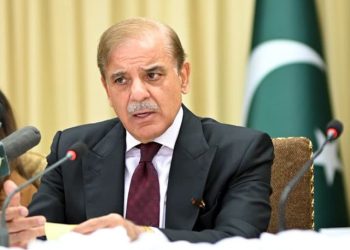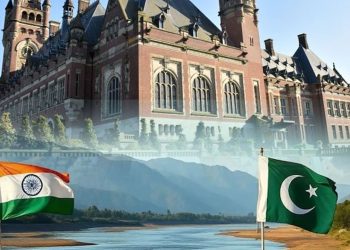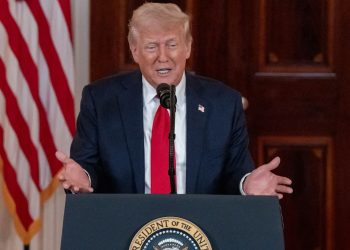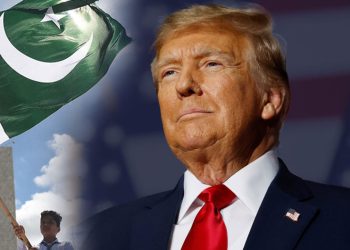With gradual expansion, student protests have gained significant momentum across universities in the US.
The Onset
The entire series of Student protests is inspired by the demonstrations at Columbia University. The first instance of resistance that led to this massive uprising in universities across America was in the ivy league. A group of 50 students planned and executed a demonstration outside the main library of the University. Their demands were specific and even outlined in a doctrine; titled as “Columbia University Apartheid Divest”. The aim is to compel the University to cut ties with any institution that is profiting from the Israeli Apartheid. The consistency of the student protests and the stubbornness becomes key in the impact of this demonstration. Labeling their effort as “Gaza solidarity encampment”, the students made it clear that they would remain in this state of strike until a favorable response from the administration is received.
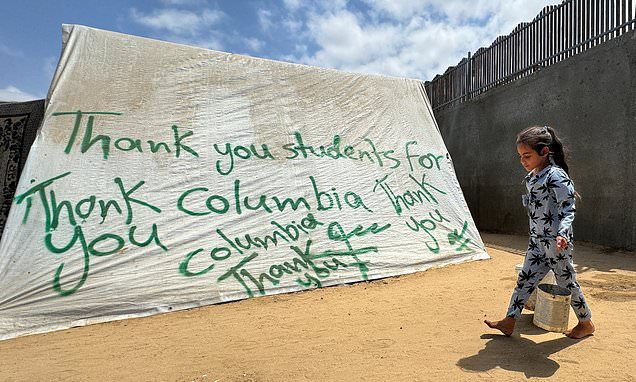
Columbia University
Starting from the 17th of April, the encampments fiercely began to grow. However, only after a few hours, in the morning, multiple suspensions were announced. Following the suspensions, the tents were dismantled as the management called on the New York Police department. The involvement of the Police authority essentially led to multiple arrests; zip tying students and even carrying some outside the campus premises. This ruthless response was recorded and gained widespread attention over social media, gathering more support.
After the clearing of this first attempt, students simultaneously began encampments in the west lawn opposite to the previous one. Those arrested came right back on campus after their release the next day. Backing from certain faculty members and Professors as well has strengthened the morale and confidence. On Tuesday April 23, Palestinian Journalist Motaz Azaiza visited the encampment offering his endorsement. The journalist stated, “Gaza sees you now”.
After multiple “deadlines” to clear the lawn and some negotiation attempts, the protestors have remained steadfast. With the expansion of these student protests into the administrative building “Hamilton Hall”, it is clear that the demonstrations are on an upward trajectory.
Progression of the Campus encampments
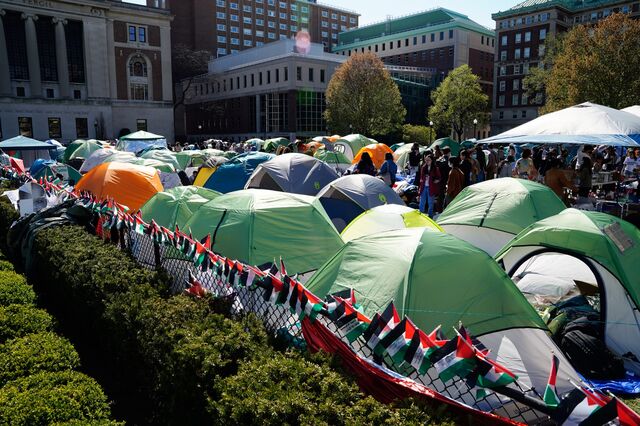
On April 22nd, Parallel to the protests at Columbia, students at New York University launched an encampment with precisely the same demands of divesting from certain Companies and Institutions. With ignition of further protests, there has been unrest in universities ranging from Columbia state polyethnic university, Yale University, University of Connecticut, George Washington University, Northwestern university, Brown, Princeton, MIT and many more.
An independent non-profit that tracks political protests reported, “Analysis of 553 protests in solidarity with Palestinians between 18 April and 3 May found 97% of them did not cause serious damage.” The protests have allegedly been peaceful, the violence and force lies in the response of the Universities’ managements.
Emory University
After long hours of peaceful demonstrations, the administration, more specifically University President Gregory Fenves alerted the Atlanta State Police. In an attempt to avoid escalation, some student protestors reached out to Clifton Crais, a history Professor. Crais had recently been involved in a policy devising when Police intervention on campus was justified. The definitive judgement passed was that police should intervene “only under threat of bodily harm or property destruction”. Crais contacted the president expressing, “I do hope you will not summon the Atl police”. However, it was too late. The troopers arrested around 28 protestors, resorting to aggression they shoved students to the ground, employed brute force to take down the protests.

On Friday afternoon, double the number of students gathered on campus with the same demands. This time they were joined by faculty members and a Palestinian state legislator. After a brief deadlock with the police, the protestors agreed to leave campus. Emil’ Keme (English and indigenous studies Professor), however stated that some responses he would like to see are a public apology from Fenves, all charges against students dropped, and “a signed document from the president allowing protests, and respect for Palestinian voices on campus”.
Harvard University
The student protestors at Harvard have occupied the Harvard yard which the president has recognised as a huge disruption and states, “The encampment favours the voices of a few over the rights of many”. Threats of suspensions have been exercised, however, the police has not been involved yet. The president has stated that there is a “very very high bar” for police involvement. Some schools like Brown and Northwestern have concluded the demonstrations with proposition of meetings on divestment demands. On the contrary, most ivies including Harvard, Columbia, UPenn have rejected these negotiations. The student protests are correspondingly still vigorously active in certain universities.
Student protest posters
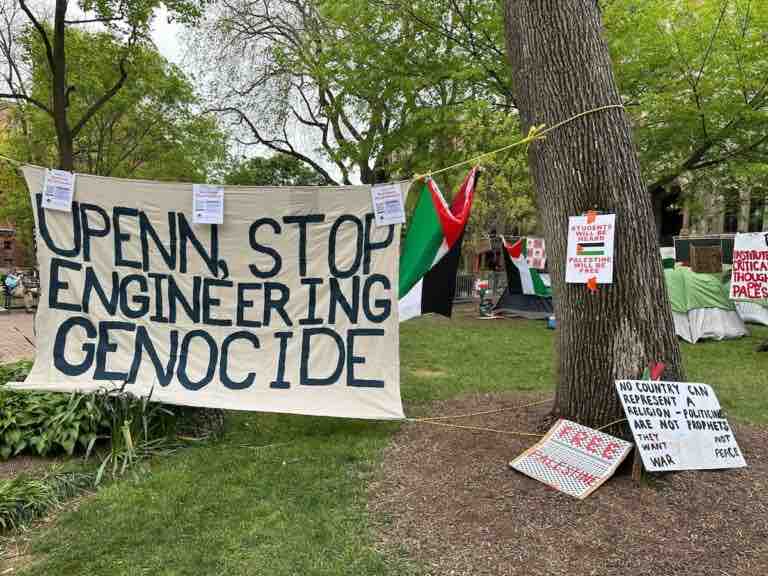


What is at stake for these student protestors?
As the annual year concludes, some universities are undergoing final examinations, senior students preparing for graduation etc. With suspensions and resistance from the university admin, the timely completion and graduation of students is at risk. Furthermore, International students face a bigger threat with the possibility of jeopardising their visas. Since arrests and use of police force are blatantly being used, convicting these students of certain crimes is a real possibility. This can endanger their student visa status. In essence, these student protestors from diverse backgrounds are risking the trajectory of their personal, academic, and professional lives for the sake of resistance.
